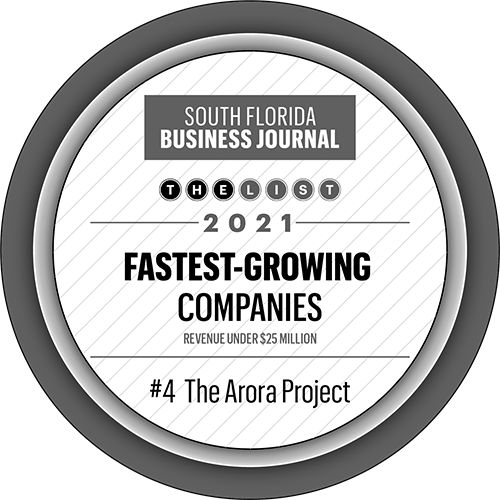
If you’ve spent any time browsing equity crowdfunding campaigns, you may have seen mention of seed funding, or information about a company’s projected timeline for Series A, B, and beyond. If you’ve wondered what exactly those letters mean, or what qualifies as seed funding, read on for a primer on how to assess startup funding rounds like a seasoned investor.
The Typical Startup Fundraising Timeline
Pre-seed Funding: In the very early stages of a startup, the founder scrapes together first funding from personal resources, family, and/or friends. This money is used to develop the business’s product and plan, and get preliminary operations running for at least the first few months. It should be noted that many Black and founders of color are at a significant disadvantage when it comes to raising funds from friends and family due to the well-documented wealth gap between white and POC households.
Seed Funding: With a novelty idea, a viable business plan, and some early successes, founders start looking for the first round of seed funding to get their product or offering up and running. This funding is often used to pay founding member salaries and fund crucial first projects like market research and product development.
In recent years, seed funding has become a loosely defined term. Seed sources are diverse and may include personal networks, incubators, grants, equity crowdfunding, or angel investors:
Traditionally high net worth individuals with a higher tolerance for risk. They may take a personal liking to the founder or company and decide to invest, typically in exchange for equity. Angel investors often take on a lead investor role and may advise and network with other investors on behalf of the company.
Equity crowdfunding has also taken off as a popular way for founders to raise early capital. This democratized form of investing allows any member of the public to invest as little as $100 in companies they believe in, in exchange for equity shares in the company. For founders, equity crowdfunding can be an appealing option to raise money relatively quickly without giving up leadership or Board control. (Psst! We at Arora Project are expert crowdfunders. And we’ve built some amazing campaigns.)
The amount of seed funding raised can vary wildly from company to company, from as little as $10k and sometimes up to a few million. For some startups, seed funding is all that’s needed to become financially sustainable.
Series A: After the business has a solidly built product, platform, and/or user base, and needs more money to scale up, a Series A round financed by Venture Capitalists (VCs) or equity crowdfunding is the next step. A novel idea, solid plan for success, and consistent profitability are key to a successful series A fundraise, usually in the $2-15 million range. Most companies choose to offer the first round of stock options in Series A. Less than half of seed-funded companies raise Series A funds.
Series B: For the well-established company seeking additional funding to scale up operations and meet customer demand, Series B is the next step. This is similar to Series A, but with higher valuations and amounts raised. Most companies in Series B funding are valued between $30-60 million.
Series C: To grow the company as quickly and profitably as possible, Series C is the final round for external funding before a company’s IPO. (Series D may be an option if the business has not met its goals or wants a final pre-IPO infusion of capital.) Series C is focused on raising additional money for high-impact growth projects, like new product development or acquisitions. Because the company is considered much less risky by this point, many new investors may get involved for the Series C round, including hedge funds and private equity firms. Businesses may raise $100 million or more in this round.
The End Goal: a Successful Exit
For companies who achieve financial stability, this ultimate destination is an exit: either IPO or an acquisition:
An IPO, or Initial Public Offering, is when a company issues stock to the public on a stock exchange platform to raise capital for operations and expansion. Moving from private to public is a big step for a company, requiring them to meet strict regulations from the Securities and Exchange Commission (SEC).
An acquisition is when a startup becomes profitable enough to be purchased by another company, making founders and investors a lot of money.
Though each round of funding has the same goal—raise at least a certain amount of money to advance the company’s specific goals—the variables of each round change. In every round, investment analysts determine the company’s valuation based on factors such as management, track record, market size, and risk.
Thus the kind of investors, amount raised, and the company’s reason for raising capital in the first place are moving targets from round to round. Having a deeper contextual understanding of these kinds of variables when assessing a potential company is what sets the savvy investor apart from the novice investor.
Arora Project is your equity crowdfunding marketing expert.
Did you know Arora Project is Wefunder’s #1 marketing partner with a 100% success rate in equity crowdfunding campaigns? Let us fundraise your next venture.








